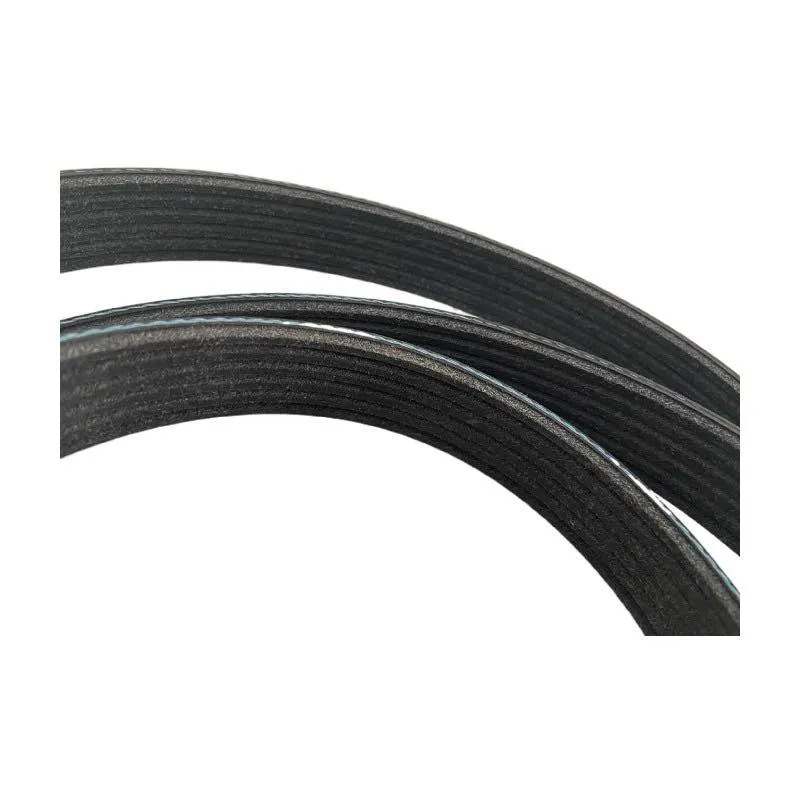- Arabic
- French
- Russian
- Spanish
- Portuguese
- Turkish
- Armenian
- English
- Albanian
- Amharic
- Azerbaijani
- Basque
- Belarusian
- Bengali
- Bosnian
- Bulgarian
- Catalan
- Cebuano
- Corsican
- Croatian
- Czech
- Danish
- Dutch
- Afrikaans
- Esperanto
- Estonian
- Finnish
- Frisian
- Galician
- Georgian
- German
- Greek
- Gujarati
- Haitian Creole
- hausa
- hawaiian
- Hebrew
- Hindi
- Miao
- Hungarian
- Icelandic
- igbo
- Indonesian
- irish
- Italian
- Japanese
- Javanese
- Kannada
- kazakh
- Khmer
- Rwandese
- Korean
- Kurdish
- Kyrgyz
- Lao
- Latin
- Latvian
- Lithuanian
- Luxembourgish
- Macedonian
- Malgashi
- Malay
- Malayalam
- Maltese
- Maori
- Marathi
- Mongolian
- Myanmar
- Nepali
- Norwegian
- Norwegian
- Occitan
- Pashto
- Persian
- Polish
- Punjabi
- Romanian
- Samoan
- Scottish Gaelic
- Serbian
- Sesotho
- Shona
- Sindhi
- Sinhala
- Slovak
- Slovenian
- Somali
- Sundanese
- Swahili
- Swedish
- Tagalog
- Tajik
- Tamil
- Tatar
- Telugu
- Thai
- Turkmen
- Ukrainian
- Urdu
- Uighur
- Uzbek
- Vietnamese
- Welsh
- Bantu
- Yiddish
- Yoruba
- Zulu
12월 . 19, 2024 09:41 Back to list
timing belt timing chain
Timing Belts and Timing Chains A Comprehensive Overview
In the realm of automotive engineering, the timing belt and timing chain are critical components that ensure the seamless operation of engine functions. These two elements play a vital role in synchronizing the rotation of the crankshaft and camshaft, which ultimately controls the opening and closing of the engine's valves. Understanding the differences, advantages, and disadvantages of timing belts and timing chains is essential for car owners and enthusiasts alike.
Timing Belts
A timing belt is typically made from rubber and reinforced with fibers such as nylon or fiberglass. It features teeth on its inner surface that engage with the gears of the crankshaft and camshaft. Because of this design, timing belts can handle the tension and stress exerted by the engine’s high-speed rotation.
Advantages of Timing Belts
1. Quieter Operation Timing belts operate more quietly than chains due to their rubber construction, which dampens noise. 2. Lightweight Being made of rubber, timing belts are lighter than metal chains, contributing to overall vehicle efficiency and performance. 3. Cost-Effective Timing belts are less expensive to manufacture and replace compared to timing chains, making them a budget-friendly option for many vehicles.
Disadvantages of Timing Belts
1. Lifespan Timing belts typically need to be replaced every 60,000 to 100,000 miles, depending on manufacturer recommendations. Failure to replace them on time can result in severe engine damage. 2. Susceptibility to Damage Timing belts can be adversely affected by oil leaks and extreme temperatures, leading to potential failures.
Timing Chains
timing belt timing chain

In contrast, timing chains are made of metal links and drive the camshaft through a more robust mechanism. Due to their construction, timing chains are generally more durable and designed to last for the lifetime of the vehicle.
Advantages of Timing Chains
1. Longevity Timing chains do not require regular replacement like timing belts, often lasting upwards of 200,000 miles or more. 2. Durability Being made of metal, timing chains are more resistant to wear and damage from heat and engine oil, improving their reliability over time.
Disadvantages of Timing Chains
1. Noise Timing chains can create more noise during operation due to their metallic construction, which can be a drawback for some vehicle owners. 2. Weight Timing chains are heavier than belts, potentially influencing overall engine efficiency and performance. 3. Complex Replacement When a timing chain does fail, the repair process is typically more complex and costly due to the additional labor required.
Conclusion
Both timing belts and timing chains possess unique characteristics that cater to different types of engines and automotive needs. While timing belts offer a quieter and cost-effective alternative, timing chains provide the reliability and durability that some drivers prefer. Car owners should consult their vehicle’s owner manual and adhere to the manufacturer's recommendations regarding replacement intervals and maintenance practices.
Ultimately, understanding the functions and differences between timing belts and timing chains can help vehicle owners make informed decisions about their vehicles' maintenance and longevity. Whether you own a car with a timing belt or a timing chain, regular checks and prompt replacements can ensure that your engine runs smoothly and efficiently for years to come.
-
Korean Auto Parts Timing Belt 24312-37500 For Hyundai/Kia
NewsMar.07,2025
-
7PK2300 90916-T2024 RIBBED BELT POLY V BELT PK BELT
NewsMar.07,2025
-
Chinese Auto Belt Factory 310-2M-22 For BMW/Mercedes-Benz
NewsMar.07,2025
-
Chinese Auto Belt Factory 310-2M-22 For BMW/Mercedes-Benz
NewsMar.07,2025
-
90916-02660 PK Belt 6PK1680 For Toyota
NewsMar.07,2025
-
drive belt serpentine belt
NewsMar.07,2025

